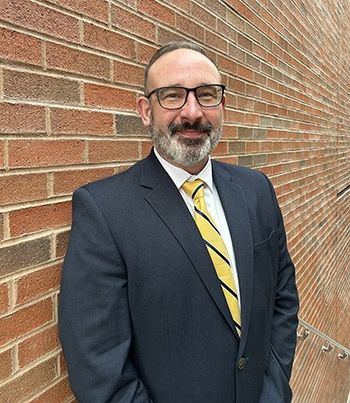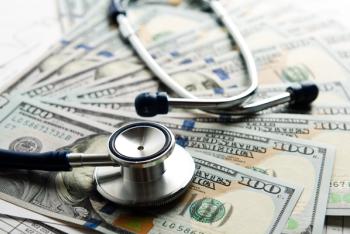
|Slideshows|July 18, 2018
Seven Most Out-Of-Reach Drugs for Patients Due to High Costs
Author(s)Tracey Walker
Drug costs are increasing, but so is patient cost sharing. That’s raising serious problems for some patients. Here are seven of the most out-of-reach drugs due to high costs, according to industry watchers.
Advertisement
Drug costs are increasing, but so is patient cost sharing. That’s raising serious problems for some patients. Here are seven of the most out-of-reach drugs due to high costs, according to industry watchers.
Newsletter
Get the latest industry news, event updates, and more from Managed healthcare Executive.
Advertisement
Advertisement
Advertisement
Trending on Managed Healthcare Executive
1
Jascayd gets second FDA approval, this time for progressive pulmonary fibrosis
2
What NCCN’s next CMO sees ahead for cancer guidelines, access and innovation
3
5 developments in the treatment of prurgio nodularis in 2025
4
2025 FDA added indications to dermatologic medications
5




















































